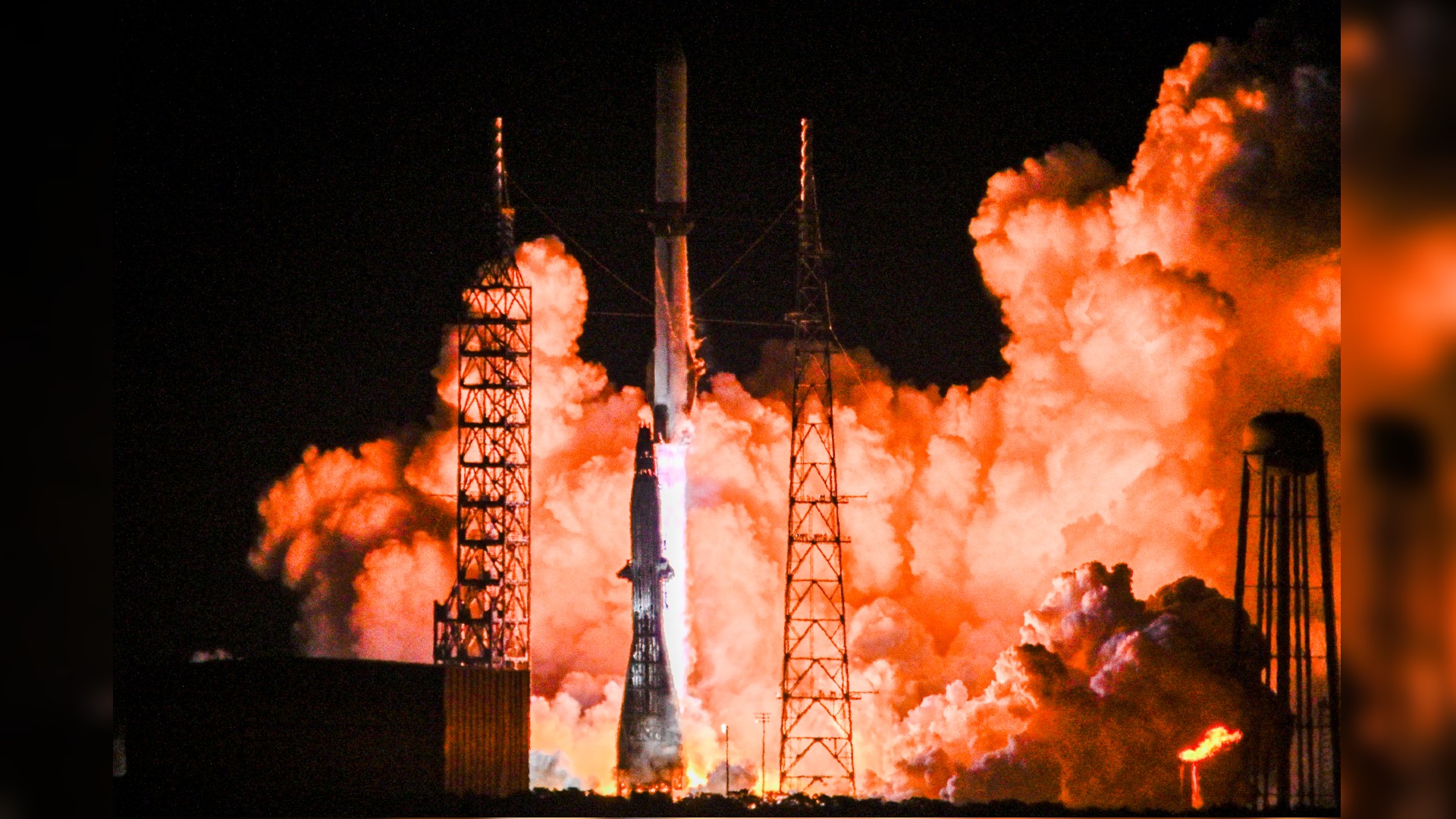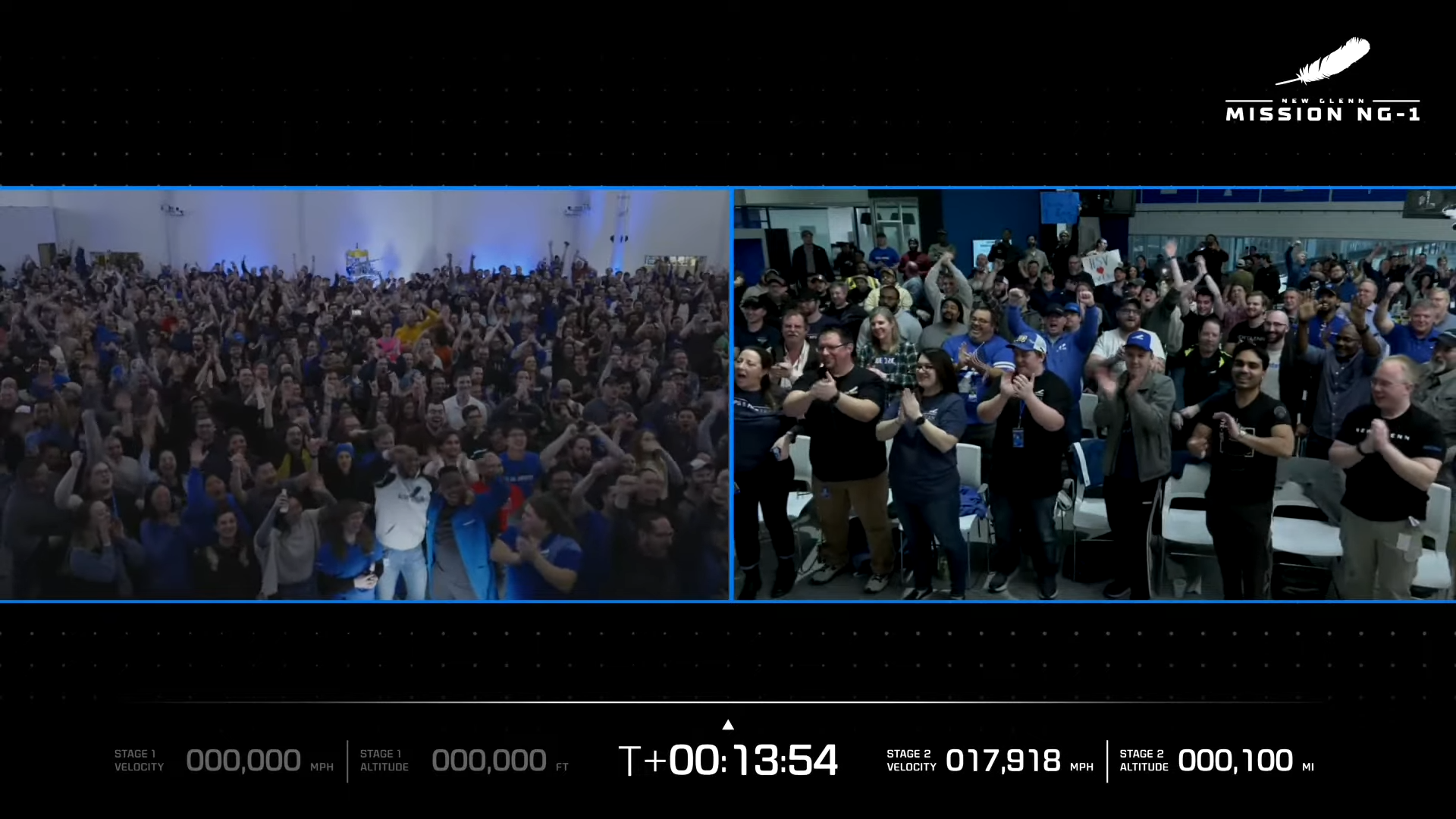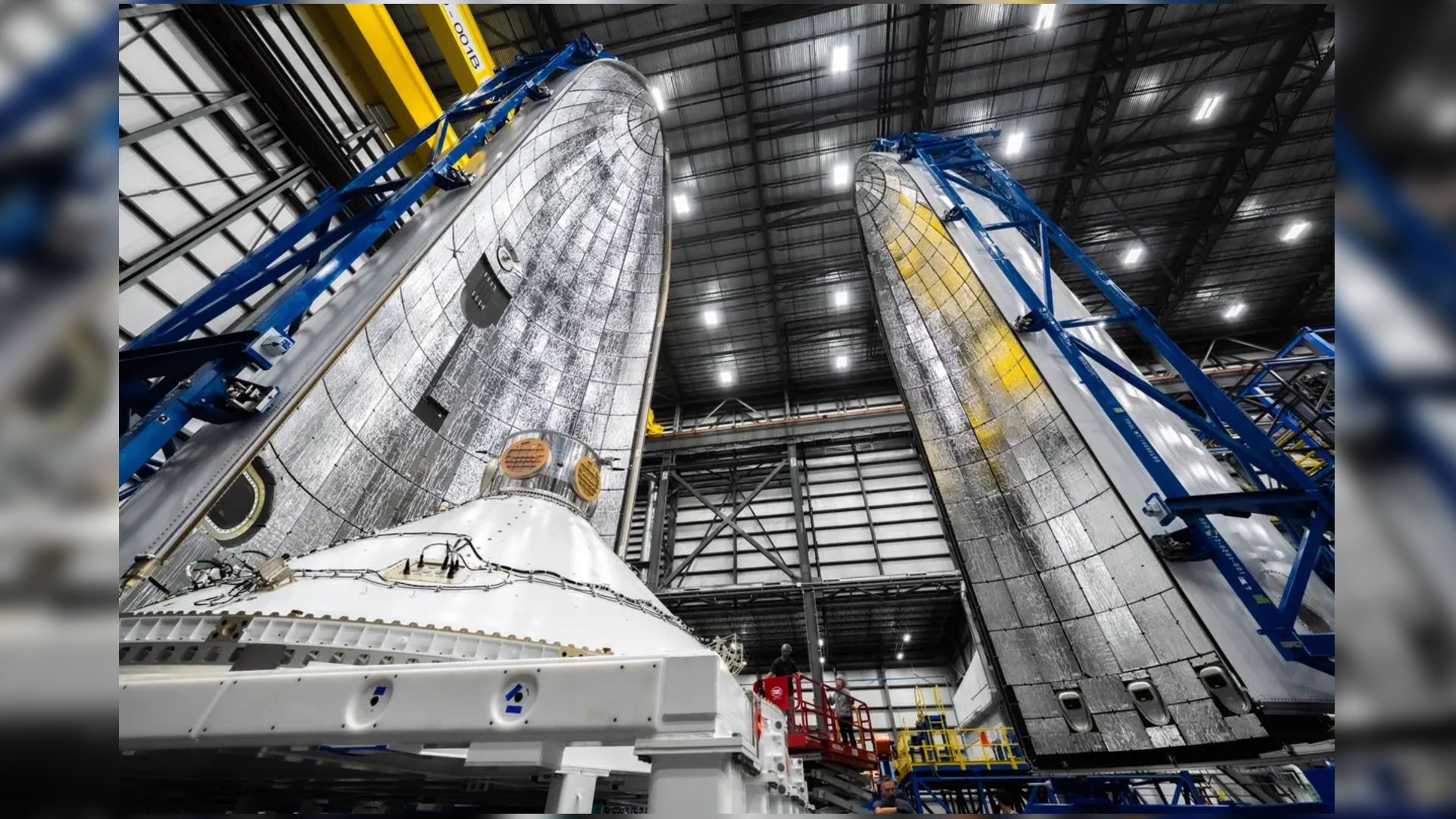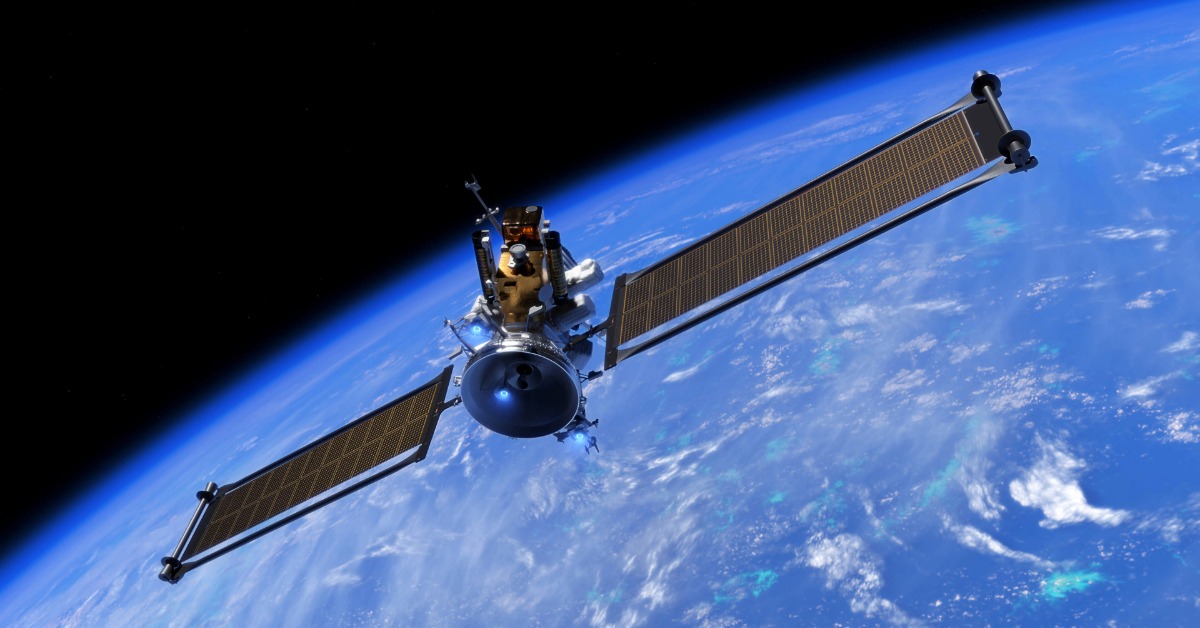COCOA BEACH, Fla. — Blue Origin’s New Glenn rocket just gained its wings.
New Glenn launched for the first time this morning (Jan. 16), rising from a platform at the Cape Canaveral Space Station here on Florida’s Space Coast at 2:03 a.m. EST (7:03 a.m. GMT). About 12.5 minutes later, the rocket’s upper stage reached orbit — the primary goal of today’s test flight, which the company called NG-1.
“We were able to orbit safely,” Ariane Cornell, vice president of space systems at Blue Origin, said during the company’s launch webcast. “Congratulations everyone. What a day!”

Blue Origin also attempted to land New Glenn’s reusable first stage on a ship in the Atlantic Ocean, nicknamed Jacklyn, after the mother of company founder Jeff Bezos. The booster managed to ignite three of its engines during re-entry as planned, but it did not make a successful landing.
“We didn’t have a jump landing, but man, we came close,” Cornell said. “We collected so much data.”
A successful landing would have been a surprise; the company had repeatedly emphasized before launch that this was a secondary objective unlikely to be achieved on NG-1.
Related: Blue Origin: Everything you need to know about the private spaceflight company
Like many rockets, the 98-meter-tall New Glenn had a long journey to the launch pad. Its first flight was initially scheduled to take place in 2020, but development of the rocket’s powerful BE-4 first stage engines slowed the schedule.
There were still a few delays in the final stretch. Today’s liftoff was originally scheduled for January 10, but Blue Origin pushed things back 72 hours due to rough seas in the booster’s planned landing zone. A launch attempt on January 13 was canceled due to ice buildup in one of the rocket’s powerplants, and Blue Origin then pushed back the next attempt until this morning.

New Glenn’s reusable first stage could help it compete with SpaceX’s venerable Falcon 9, the world’s first reusable orbital-class rocket. Blue Origin aims to launch each New Glenn booster at least 25 times and already has customers including NASA, various US government agencies, AST SpaceMobile and other telecommunications companies.
New Glenn has also been tapped to help launch Amazon’s Project Kuiper high-speed internet satellites, which could become a competitor to SpaceX’s Starlink megaconstellation. Amazon already has a license to launch more than 3,000 Kuiper satellites.
Blue Origin and Amazon were founded by Bezos, who flew to suborbital space aboard the company’s smaller New Shepard space tourism rocket.
New Glenn is capable of carrying 50 tons (45 metric tons) of payload to low Earth orbit (LEO). SpaceX’s Falcon Heavy rocket, which also includes reusable first stage boosters, can lift about 70 tons (64 metric tons) to LEO.
If all goes as planned, NG-1 will help certify the rocket for the U.S. Space Force’s National Security Space Launch (NSSL) program, which pairs U.S. military and intelligence spacecraft with commercial launch providers. NSSL launches also include GPS, communications and weather satellites that provide data and services to the U.S. government.
New Glenn was originally scheduled to launch NASA’s twin ESCAPADE Mars probes on NG-1, but the space agency decided to delay the mission until the rocket proved itself worthy of flight. ESCAPADE is now expected to launch no earlier than spring 2025.
New Glenn’s first mission was a test version of Blue Origin’s upcoming “Blue Ring” spacecraft.

This “Blue Ring Pathfinder” demonstrator is designed to validate Blue Ring’s communications, space data collection, tracking and command systems while remaining attached to New Glenn’s second stage, Blue Origin wrote in a press release. a description of the NG-1 mission in December 2024. This data collection will last about six hours on NG-1, if everything goes as planned.
This first flight will help Blue Origin refine and develop the production version of the spacecraft for future missions. Blue Ring is being developed as part of the Defense Innovation Unit (DIU) Orbital Logistics Program. DIU is an organization within the United States Department of Defense that aims to develop and implement emerging technologies for national security.

To this end, Blue Origin is developing Blue Ring to meet DIU’s needs for a “heavy utility multi-orbit logistics vehicle,” or m-OLV. Blue Ring, or whatever vehicle is ultimately chosen to fill this role, will be designed to provide “responsive, low-cost access to geostationary orbits (GEO) and other exotic orbits beyond low Earth orbit », According to a press release from the DIU.
In other words, Blue Ring will function as a platform for other satellites. It will be capable of carrying approximately 6,600 pounds (3,000 kilograms) on 13 different payload adapters.
The spacecraft will be capable of carrying payloads to geostationary orbit, cislunar orbit (orbits near and around the moon), and even interplanetary orbits, according to a description from Blue Origin.
However, this is all future work. The immediate take-home message from today’s flight is that a powerful new orbital-class rocket has been flight-proven.
“The next era of spaceflight at Blue Origin is upon us,” Cornell said to close the NG-1 launch webcast. “We look forward to seeing you soon at our next launch. We’re just getting started.”


